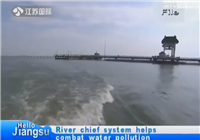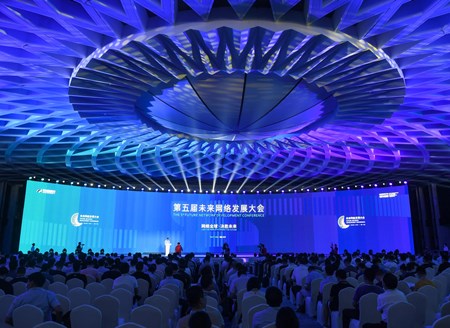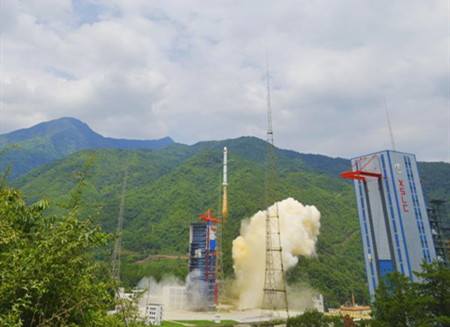In recent years, Zhenjiang has made great efforts on the long-term management of rivers and lake by appointing river chiefs to take care of the water quality and enlist the help of the average people rather than relying on government efforts only.
As usual, river chief Xu Lili came to Jinshan Lake for inspection. A few months ago, many people were angling here and some others were poisoning and electro-fishing from time to time, deteriorating the water environment.
After making sure of the problems, Xu Lili wasted no time to alert the government. A clean-up operation was soon carried out over the lake area. The electro-fishing nets were busted and fishing vessels were confiscated with the violators placed under investigation. Today, illegal fishing on Jinshan Lake is nowhere to be found.
The changes taking place on Jinshan Lake is typical of the river chief system that has been brought into full play in Zhenjiang. Last year, Zhenjiang appointed 1640 township river chiefs to take charge of the water environment of 3902 rivers, lakes and reservoirs. More than 10000 village river chiefs were hired to be responsible for the daily inspection and investigation.
China firstly appointed local government officials as river chiefs in 2007 to address pollution woes of a blue algae outbreak in Taihu Lake, Jiangsu Province.
The practice was later adopted in several regions rich in water resources to ensure strong enforcement of environmental policies and enhance coordination.
Government officials will be hired as river chiefs at provincial, city, county and township levels, and heads of provincial regions will be general chiefs that are responsible for all rivers and lakes in the region.
For large rivers and lakes that span across regions, river chiefs will be responsible for different parts of the water bodies and cooperate on management.
Responsibilities of the river chiefs include water resource protection, pollution prevention and control, and ecological restoration. The river chief system is linked to the performance evaluations of top officials whose job performance will be assessed and they will be held accountable if environmental damage occurs in the water bodies they take charge of.
With top officials now accountable as river chiefs, the system will help to change the nation’s industrial structure and better protect the environment.






